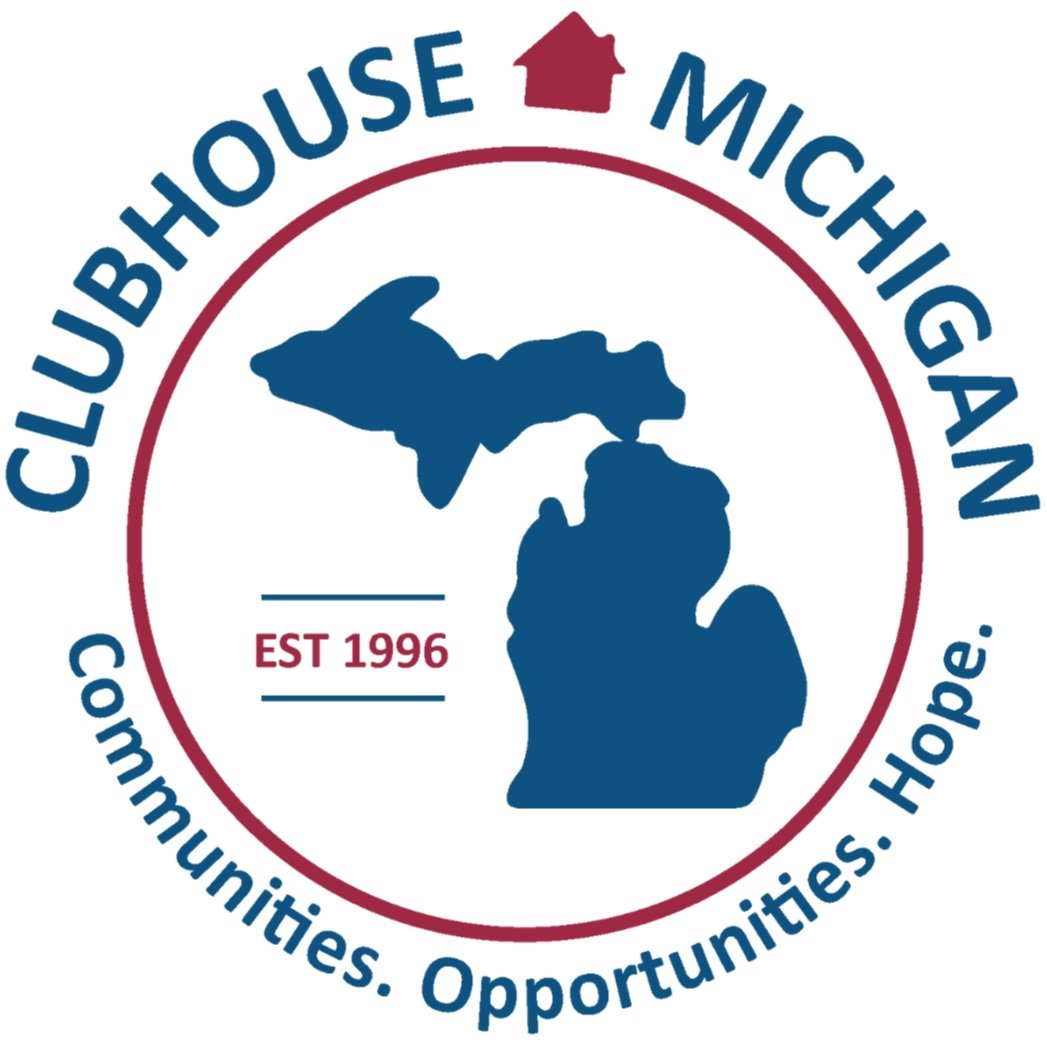Employment Development
Providing opportunities for gainful employment is a hallmark of Clubhouse model programs. Developing these opportunities is challenging for the program but infinitely rewarding for Clubhouse members. Success in employment development is often tied directly to the level of participation in training on the Clubhouse Employment models.
For these reasons, this electronic manual has been developed to provide an overview of Clubhouse employment development and to highlight quality training opportunities for Clubhouse colleagues.
Introduction
"Employment continues to be an often expressed priority for people living with serious mental illness. The unemployment rate among this group of people is generally over 80%. Although past and current research indicates that with the right services and supports people with serious mental illness can successfully achieve employment, society continues to isolate, marginalize and often discriminate against them."
"Clubhouse employment programs are some of the most successful vocational rehabilitation programs in today’s community mental health systems. Because of the unique nature of the many integrated services provided by a Clubhouse, it is able to meet the members where they are in their life’s journey."
-From the ICCD Employment Manual
Development Basics
An overview of Employment Development basics is covered in this section. A full orientation to the nuances of job development for Transitional and Supported employment is beyond the scope of this website. In fact, genuine learning in this field is best facilitated through a hands-on training program. See our training opportunities page for more details.
TE Development: Where to start?
Begin by involving the entire Clubhouse.
From the ICCD Employment Manual...
Transitional Employment development at a Clubhouse is everyone’s concern.
Transitional Employment (TE) development is much like finding one’s own job. As in a personal job search, the development of TE jobs is always facilitated by having personal contacts and references. While the Clubhouse will sometimes make ‘cold calls’ to employers, if the targeted employer has been introduced to the Clubhouse from a friend or business associate, the chance of getting the opportunity to present the program and secure a placement are greatly increased.
Therefore, it is important that all of the people involved with the Clubhouse and working for its success should be involved in TE development. Everyone - members, staff , board members, parent agency staff, and friends of the Clubhouse - most likely know someone who is a potential employer for the Clubhouse. When the whole Clubhouse community is part of the TE development process, there are many opportunities to access personal introductions and references. TE development should be discussed regularly and openly with the whole Clubhouse community, so that everyone will experience it as a shared responsibility.
Board members can be particularly helpful. They are often in a position to know and interact with more potential employers than the Clubhouse staff or members. It is very important that board members know and understand how the TE program works and that helping with TE development is seen as a fundamental part of board membership. One way to enhance their understanding and enthusiasm for TE is to ask them to visit a placement site. There, the inspiration of working members and committed employers almost always works its magic in fostering allies and advocates.
A common mistake made by Clubhouses is to assign TE development as the exclusive responsibility of one staff person or to hire an employment “specialist” or job developer to acquire placements on their own. This rarely leads to great TE programs. It is much more likely that the Clubhouse will build a strong employment program if people at all levels of the Clubhouse community see TE development as a priority and shared responsibility.
Transitional Employment development needs to be a daily priority.
The single greatest barrier to developing a strong Transitional Employment program at the Clubhouse is procrastination. Developing TE is difficult work and doing it is often pushed down or off the daily priority list at a Clubhouse in favor of other important work.
If a TE program is to be successful, developing TE for the Clubhouse should have the same priority as making sure the rent is paid or that there is enough money in the bank to make payroll that week. TE is a fundamental part of the Clubhouse Model. If there is not a TE program then there is not a Clubhouse. Therefore, it is necessary to schedule, plan and implement employment development activity every day at the Clubhouse.
One effective strategy is to create an employment development committee. This committee has the work of securing employment placements for the Clubhouse as its only purpose. At minimum the committee should include:
staff who are heavily involved in employment
the Clubhouse Director
member leaders
interested parent agency administrators
well-connected members of the Board (both the Clubhouse and parent agency)
representatives of the community who may not have a formal connection with the Clubhouse, but who want to help with the employment mission.
The committee should meet regularly (at least once a month), and identify employers with whom the Clubhouse would most like to work. There should be action steps, agreed upon and written down, in the meeting notes. Various members of the committee should be assigned to the action steps and report on progress at each meeting.
Thank you ICCD for use of your manual


